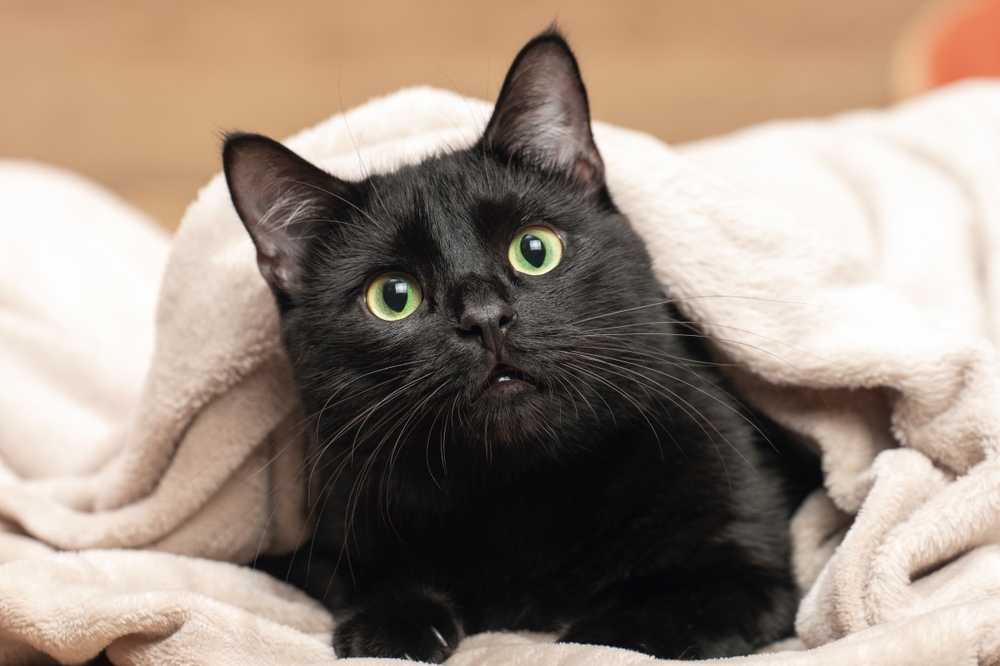Cats love to explore, but many popular houseplants can pose a serious danger. Here’s how to keep your home both beautiful and safe for your feline friend.
Others are reading now
Cats may have a reputation for being picky eaters, but when it comes to plants, their curiosity can get the better of them.
Whether it’s a potted succulent on your windowsill or a bouquet on the kitchen table, your cat might chew, nibble, or even swallow parts of plants that can cause serious harm.
With spring blooming in full force and greenery popping up indoors and out, it’s more important than ever to know which plants could poison your pet.
The Big Offender: Lilies
Lilies are the most dangerous plant for cats, according to Daily Paws. Even small exposures to the leaves, petals, or even water from a lily vase can lead to acute kidney failure.
Also read
“They are highly toxic to cats,” says Ahna Brutlag, DVM, a veterinary toxicologist. That includes common varieties like Easter lilies, stargazers, and tiger lilies.
Other lilies—like calla lilies and peace lilies—are less deadly but can still cause painful mouth and throat irritation.
More Dangerous Plants to Avoid
Lilies aren’t the only hazard. Plants like tulips, hyacinths, daffodils, and azaleas can cause vomiting, diarrhea, or worse.
The sago palm is another major risk—it’s commonly found in gardens and even houseplant sections of big-box stores, and it can trigger seizures and liver failure after just one bite.
Cats are also vulnerable to popular indoor plants like pothos, philodendron, and jade. Even plants you might consider harmless, like asparagus fern or kalanchoe, can irritate or sicken a curious cat.
Signs of Plant Poisoning in Cats
If your cat shows any of the following symptoms after being near plants, act fast:
- Vomiting or diarrhea
- Drooling or mouth irritation
- Difficulty breathing
- Lethargy or seizures
Safe Alternatives That Still Bloom
Not all plants are off-limits. Safe options for cat-friendly homes include roses, orchids, and lilacs. If you’re unsure about a specific plant, consult your vet before adding it to your garden or living room.
With a little awareness and planning, you can keep your indoor jungle pet-friendly—so your cat can enjoy the greenery without risk.


